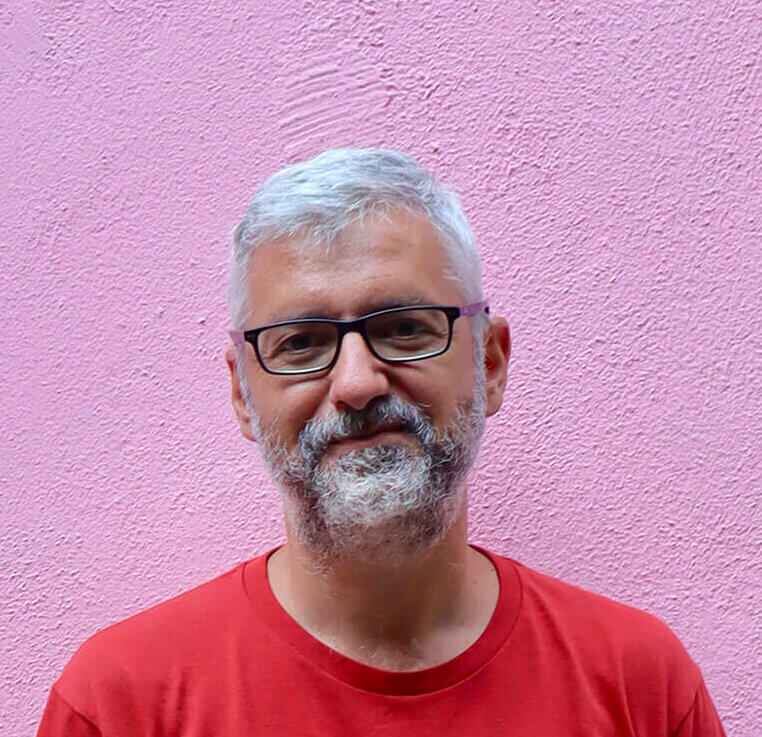Στον New Yorker που κυκλοφόρησε την προηγούμενη εβδομάδα υπήρχε ένα μακροσκελέστατο άρθρο που περιγράφει την επιχείρηση δολοφονίας του Οσάμα Μπιν Λάντεν με απίστευτες λεπτομέρειες και κινηματογραφικό ύφος. Και μπορείς να το διαβάσεις ολόκληρο online. Πήγαινε, είναι πολύ ενδιαφέρον, μισή ωρίτσα θα σου πάρει. Περιμένω.
Minutes after hitting the ground, Mark and the other team members began streaming out the side doors of helo one. Mud sucked at their boots as they ran alongside a ten-foot-high wall that enclosed the animal pen. A three-man demolition unit hustled ahead to the pen’s closed metal gate, reached into bags containing explosives, and placed C-4 charges on the hinges. After a loud bang, the door fell open. The nine other SEALs rushed forward, ending up in an alleylike driveway with their backs to the house’s main entrance. They moved down the alley, silenced rifles pressed against their shoulders. Mark hung toward the rear as he established radio communications with the other team. At the end of the driveway, the Americans blew through yet another locked gate and stepped into a courtyard facing the guesthouse, where Abu Ahmed al-Kuwaiti, bin Laden’s courier, lived with his wife and four children.
Γυρισες; Μπράβο. Ωραίο ε; Κοίτα να δεις τώρα. Το να γράψει κάποιος μια τόσο αναλυτική και περιγραφική καταγραφή των γεγονότων δεν είναι απλό πράγμα. Πρέπει πάρα πολύς κόσμος να τσεκάρει και αν διπλοτσεκάρει αυτά που γράφονται, για να εξασφαλιστεί η ακρίβεια των γραφομένων. Έτσι γίνεται στις χώρες με σοβαρή δημοσιογραφία, τουλάχιστον. Και έτσι γίνεται η δουλειά στον New Yorker. Στο συγκεκριμένο κείμενο, ωστόσο, υπήρχαν υπερβολικά πολλές λεπτομέρειες, πράγμα που δημιούργησε εύλογες απορίες. Όταν, δε, μαθεύτηκε ότι κανένας από τους 23 Αμερικανούς στρατιώτες που συμμετείχαν στην επιχείρηση δεν είχε μιλήσει στο δημοσιογράφο, οι απορίες πολλαπλασιάστηκαν. Διάβασε εδώ ένα κείμενο-καταπέλτη για το άρθρο και τη μυστήρια συμπεριφορά του (γιου υψηλόβαθμου αξιωματικού) νεαρού συντάκτη.
He even describes how the translator Ahmed hollered in Pashto at the locals that a security operation was ongoing to allay their suspicions about the nature of the cacophony in the cantonment town. (This detail caught my eye as the majority of persons in Abbottabad, where the raid took place, speak Hindko rather than Pashto.) He account is replete with quotes and other minute details obtained from persons seemingly involved directly in the assault and presumably speaking to him in person.
The plot, όπως λεν’, thickens.
